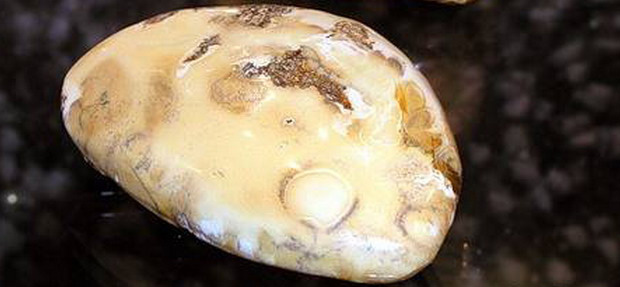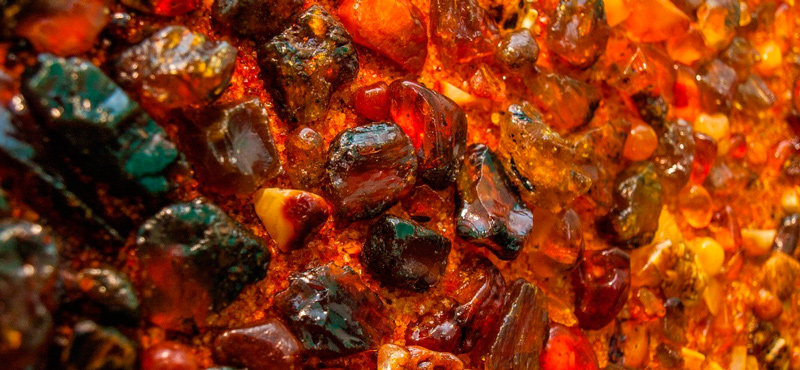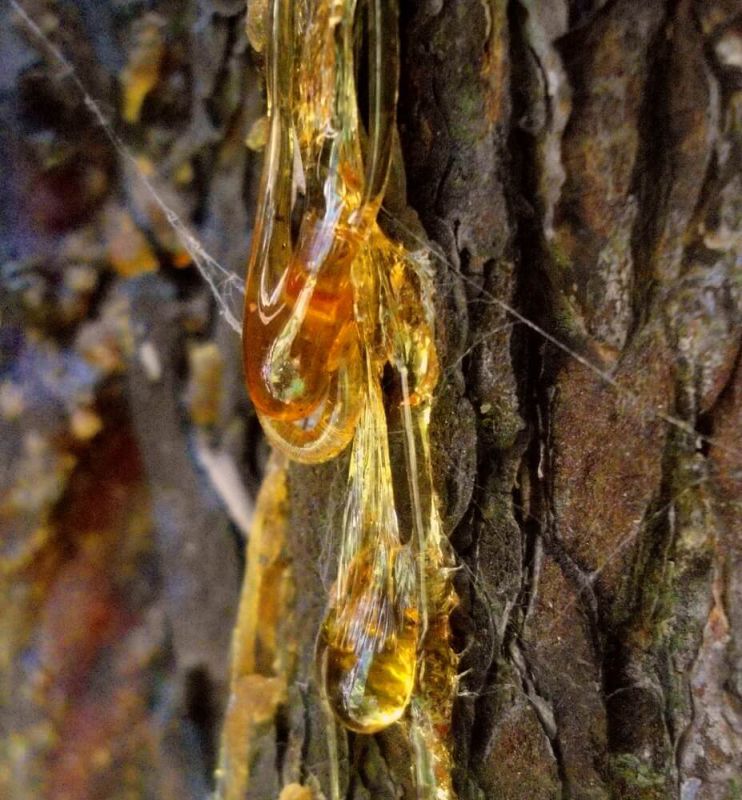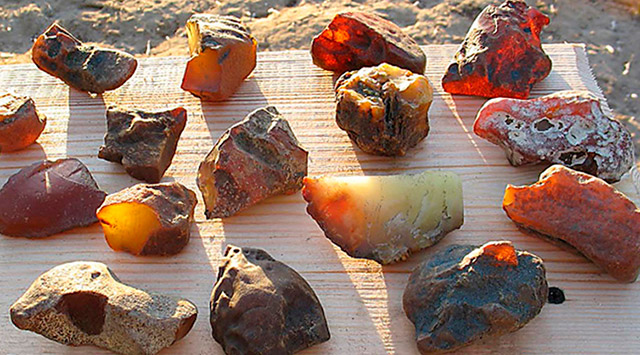Color and transparency of amber
ukrburshtyn.com writersColor and transparency of amber



Transparency, purity and light penetration of amber determine its value, not only size, shape, color. Pliny the Elder said that the brilliance of the gem should be such that, looking at the stone, a person saw the reflection of fire, and not the fire itself.
Patterns, framing and value
White, ivory, cloudy, with traces of "frost pattern", with indistinct spots, algae - all this is created by bubbles of gas and moisture.
Put a piece of cloudy amber under a microscope, and you will see a lot of round voids and bubbles in it. The number of voids in 1 cubic millimeter of whitish amber is about six hundred. A completely opaque, bony stone has much more of them - 900 thousand. By analyzing gas bubbles, scientists learn the composition of the ancient atmosphere of our planet.
Patterned amber allows artists and jewelers to play with nature's stories in various amber jewelry: pendants, brooches, rings, bracelets and other accessories. All the beauty of such products is concentrated in the gem, and the successful framing of the precious metal only emphasizes the enchanting beauty of the radiated heat and light of the stone. Magical drawings, like picturesque paintings, are framed by an exquisite frame.
Translucent amber with blue and green tints has always been valued. In different historical eras, amber was valued in different ways. In ancient Rome, white and waxy amber was used for smoking, it was relatively inexpensive, but the transparent, red stone was expensive. At the beginning of our era, golden transparent stones refined by boiling in copper were especially valued. In our time, it is customary to consider high-quality amber those gems that have a lemon-yellow color and shine evenly throughout the entire mass of the stone.

Classification of amber
There are a wide variety of approaches to the systematization of a precious stone. They were used at different times by jewelers, gem merchants, gemmologists, paleontologists and other interested persons.
One of the modern classifications is based on the transparency of the stone, which depends on the presence of bubbles in the stone. According to this feature, amber is distinguished as transparent, translucent (cloudy), bastard (opaque, but shines through in thin chips) and foamy (opaque). Often, samples are observed where all these varieties are combined.
Based on the complex of properties, Ukrainian natural amber was divided into six types as early as the second half of the 19th century:
- succinite - makes up about 98% of all Ukrainian amber; is the main raw material that is mined;
- hedanite ("rotten amber") - slightly more than 2% of all stone production; the color ranges from yellow to dirty yellow; is rare;
- stantinite - a rare brown-black amber;
- beckerite - a rare brown, viscous amber;
- kranzite ("unripe amber") - extremely rare, greenish shades, soft, elastic;
Glessite is a very rare red-brown amber.
Despite the flawlessness of resin stones created by nature, craftsmen have tried to improve gems more than once. Transform the color scheme, make it completely transparent, get one or another effect. The ennobled mineral was valued more expensively, and it was used only for the most exquisite jewelry or other amber products.
Also, amber is conventionally divided into varieties (9 in total) depending on the color, transparency and polishing of the stone:
- batter - a transparent gem with a characteristic amber shade from almost colorless to dark brown; highly valued due to its transparency and beautiful color; easily polished;
- translucent (smoky) - the color varies from yellow to dark yellow, less often red, even less often blue; slightly cloudy, with transparent slits; easily polished;
- bastard - characterized by a heterogeneous yellow color with dark spots and medium transparency; easily polished;
- bone - opaque, white, few shades, similar to ivory; polished;
- red - opaque; not polished;
- layered - white; not polished;
- foamy - does not look like amber in appearance; the structure resembles frozen foam; opaque, white; the most porous, respectively, the lightest variety of gem; not polished;
- polluted - from gray to black; opaque; not polished;
- opening - red, with a thick crust of oxidation; shines through; polishes poorly.
Despite the flawlessness of resin stones created by nature, craftsmen have tried to improve gems more than once. Transform the color scheme, make it completely transparent, get one or another effect. The ennobled mineral was valued more expensively, and it was used only for the most exquisite jewelry or other amber products.
